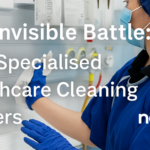A well‑structured cleaning schedule keeps high‑risk surfaces safe and prevents gaps in hygiene. This guide explains how to build a cleaning timetable for healthcare facilities, specifying what to clean, how often, how and by whom. Follow these principles to maintain infection control and meet audit requirements.
Key Takeaways
- Identify surfaces and equipment (patient rooms, bathrooms, devices) and assign cleaning frequencies such as daily, between patients, spot cleans and periodic deep cleans.
- Detail methods for each task: cleaning followed by disinfection, appropriate detergents, colour‑coded cloths, correct dwell time and staff PPE.
- Include risk assessments, monitoring and record‑keeping to adjust the schedule as patient load, infection risks or regulations change.
What Should a Good Cleaning Schedule Include?
Drawing from RACGP guidelines and best practice standards, here’s what a comprehensive routine cleaning schedule for healthcare settings should detail:
1. Surfaces and Equipment to Be Cleaned
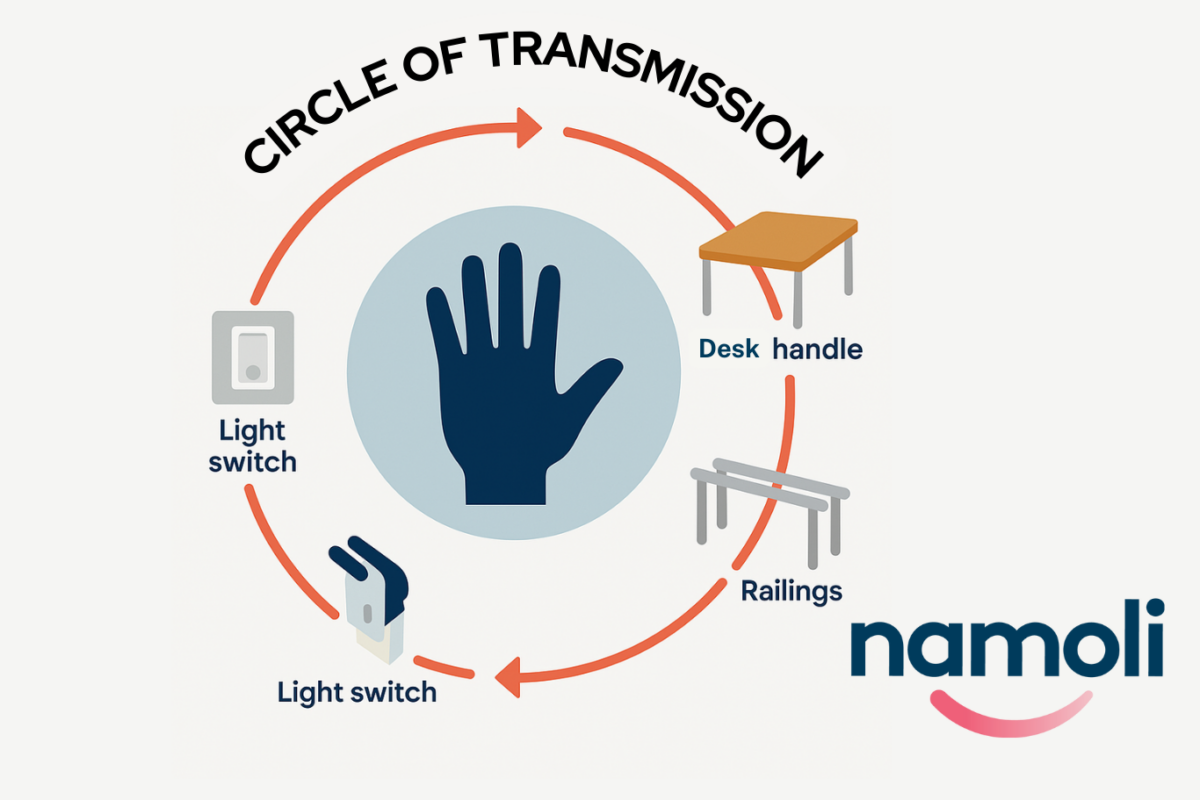
- Patient rooms: Beds, furnishings, doorknobs, light switches, countertops
- Toilets and bathrooms: Minimum Daily full cleaning and disinfection, with at least twice daily checks by facility staff or cleaners.
- Waiting areas: Focused cleaning on high-touch surfaces like chairs, door handles, and magazines
- Other areas: Reception desks, hallways, and administrative spaces tailored to usage patterns
2. Frequency of Cleaning
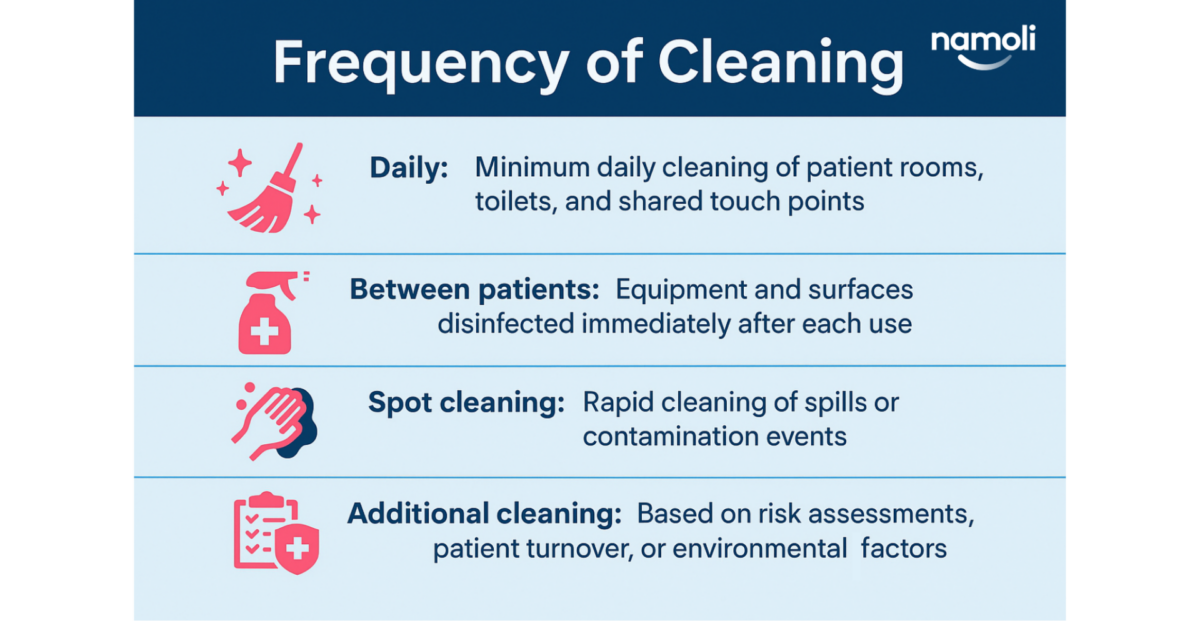
- Daily: Minimum daily cleaning of patient rooms, toilets, and shared touch points
- Between patients: Equipment and surfaces disinfected immediately after each use
- Spot cleaning: Rapid cleaning of spills or contamination events
- Additional cleaning: Based on risk assessments, patient turnover, or environmental factors
Setting clear expectations for the frequency of cleaning ensures nothing is missed, even during busy times.
3. Cleaning Methods and Approved Products
- General cleaning: Using healthcare-grade neutral detergents to remove visible dirt and debris
- Disinfection: Using TGA-approved disinfectants to kill pathogens effectively
- Specialised equipment: Colour-coded cloths, mops, and zone-specific cleaning tools to prevent cross-contamination
Other Important Considerations for Effective Cleaning Schedules
- Immediate risk assessment: Regular environmental checks for patient safety risks
- Monitoring and evaluation: Ongoing audits and adjustments of schedules for effectiveness
- Compliance: Strict adherence to Australian infection control regulations and healthcare standards
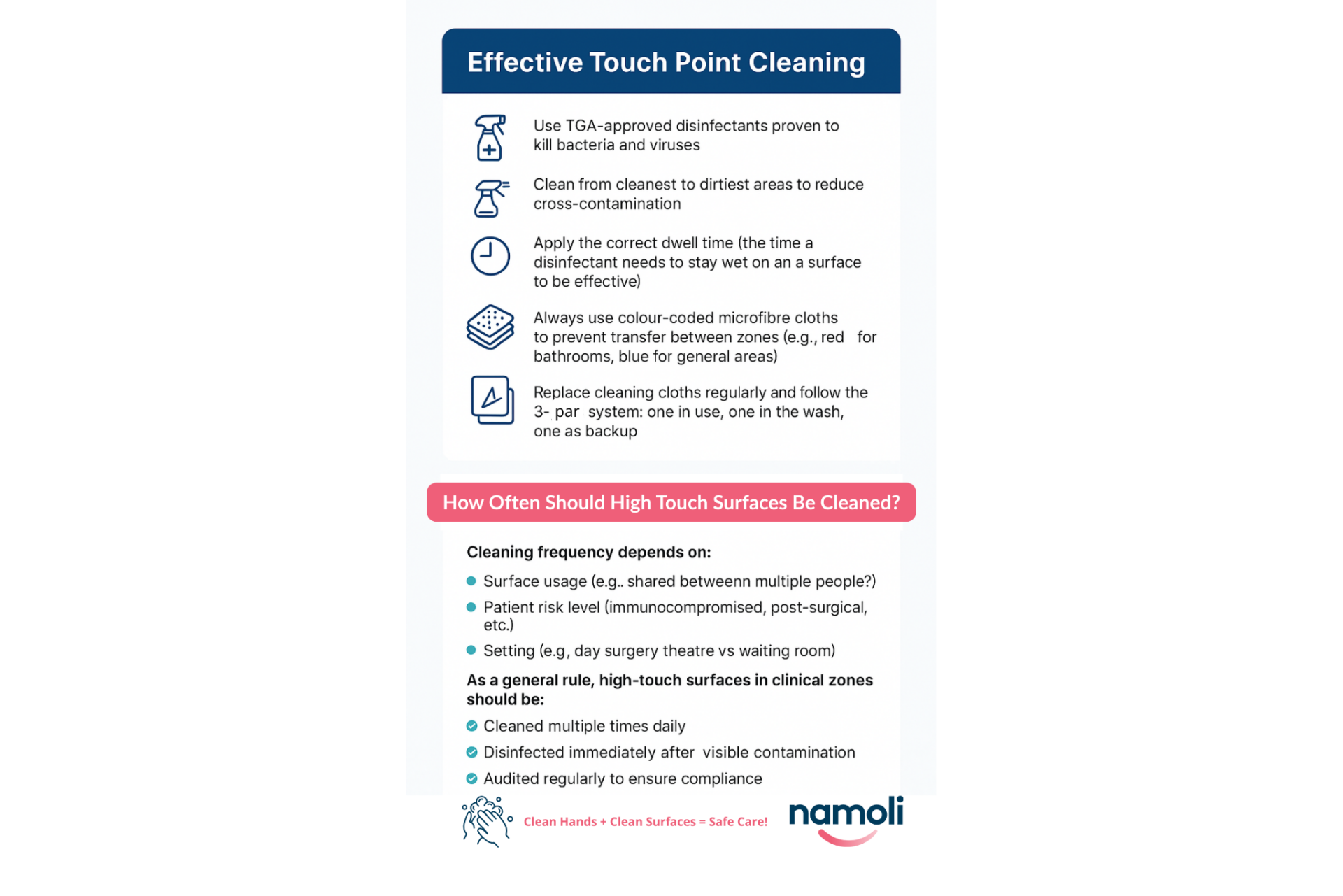
Right click to download the checklist
Why Standard Commercial Cleaning Isn’t Enough
As explained by Mike Liddle, General Manager of Namoli Healthcare, healthcare cleaning requires a specialist approach. Unlike commercial cleaning, it must comply with infection control guidelines mandated by federal authorities and implemented by each facility.
General commercial cleaners may not understand how to avoid cross-contamination or apply zone-specific cleaning techniques, which is why partnering with specialist providers like Namoli is crucial.
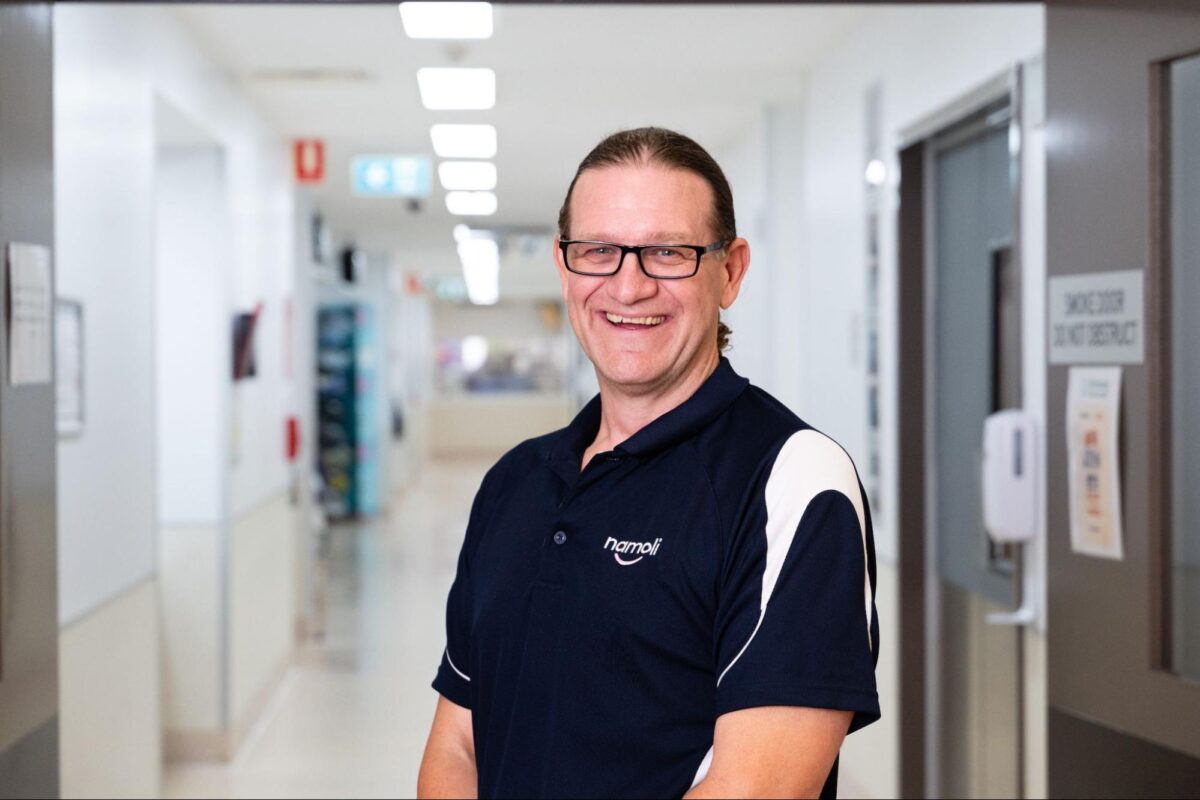
Watch: The Importance of Specialist Cleaning in Healthcare
Watch our video to see why facility-specific cleaning schedules—and not just generic ones—are critical to protecting patients and ensuring compliance.
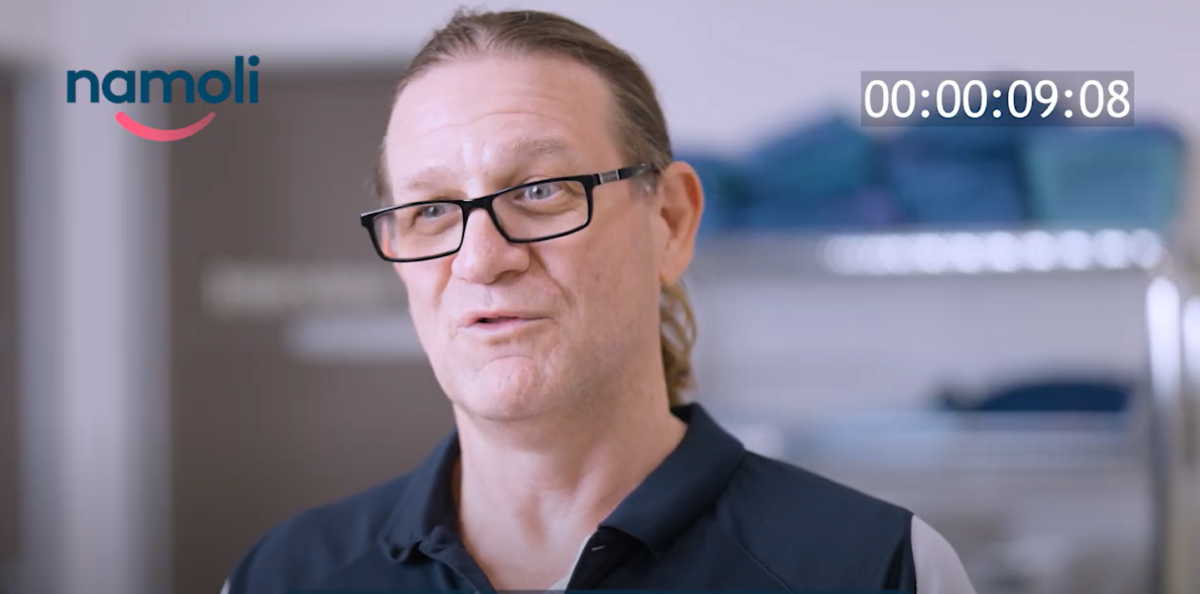
Build a Smarter, Safer Cleaning Plan with Namoli Healthcare
Namoli offers a consultative, compliance-driven approach to cleaning in healthcare environments. From frequency planning to auditing and ATP testing, we help healthcare facilities achieve confidence, control, and simplicity in infection prevention.
Related Posts
Choosing the right cleaning partner for a healthcare facility isn’t a routine decision—your choice affects infection control, regulatory compliance and…
In healthcare, cleanliness is far more than just appearance — it’s a critical pillar of patient safety, operational integrity, and…
Infection control begins with understanding where germs live and spread. Healthcare environments are divided into contaminated zones—areas directly around the…


